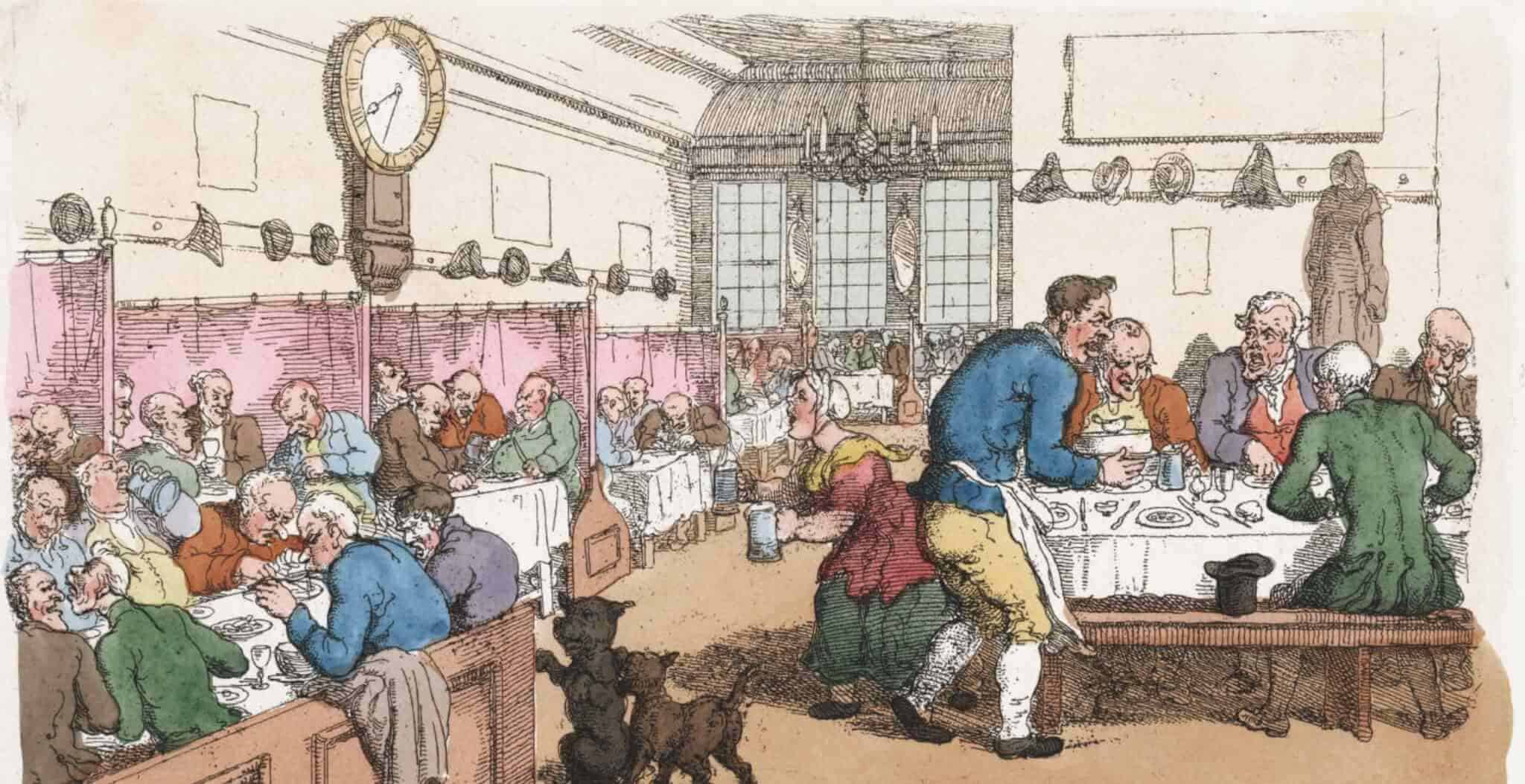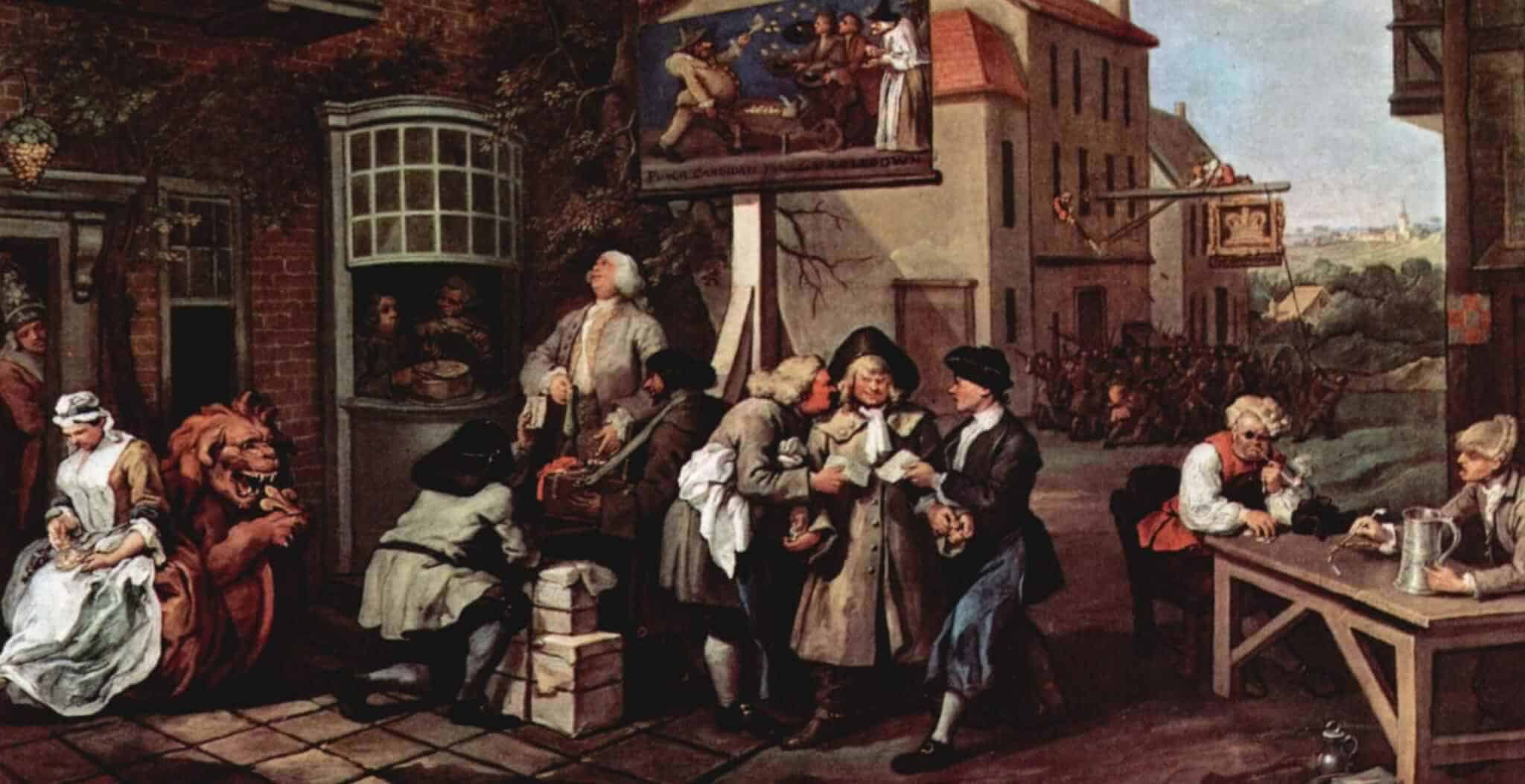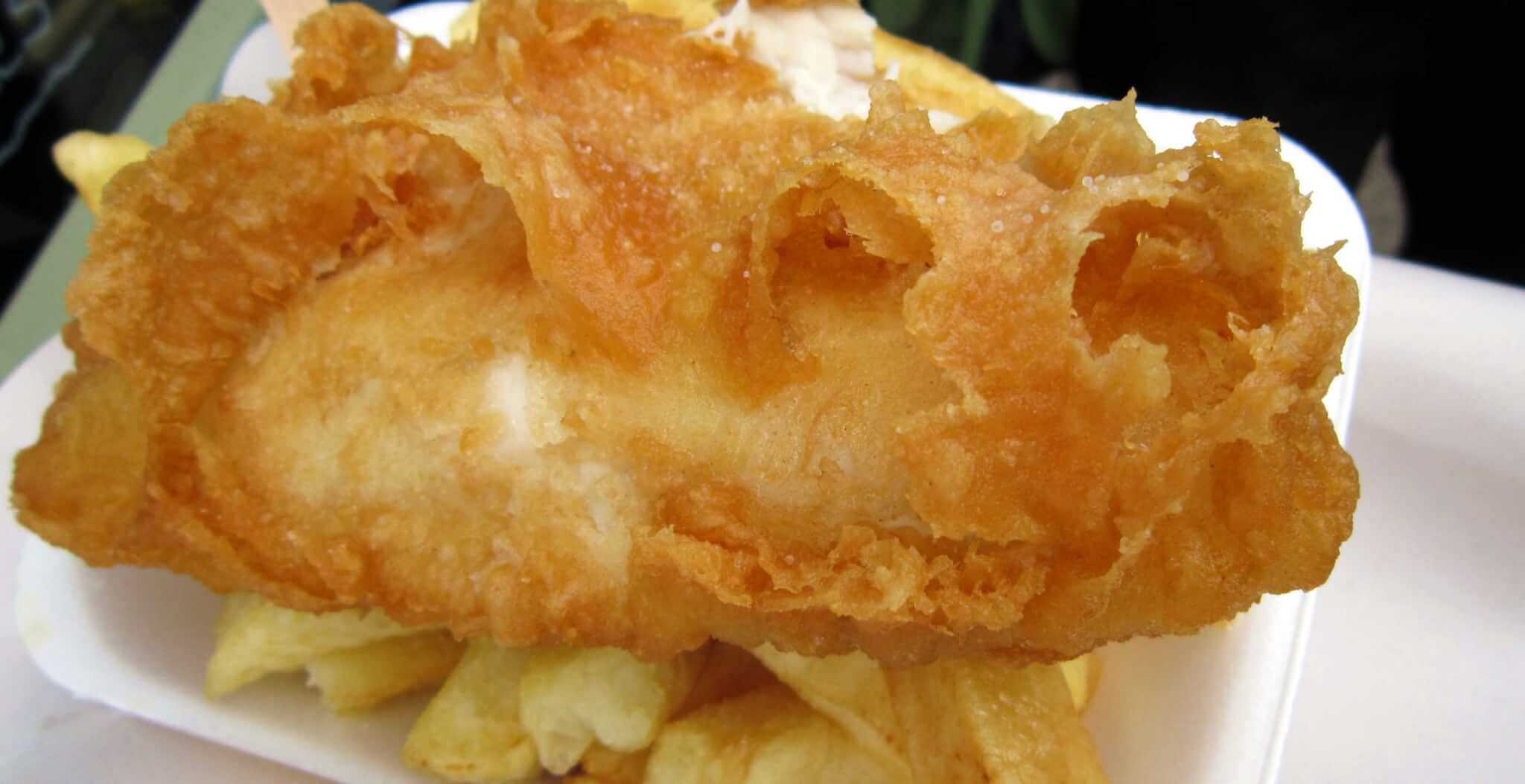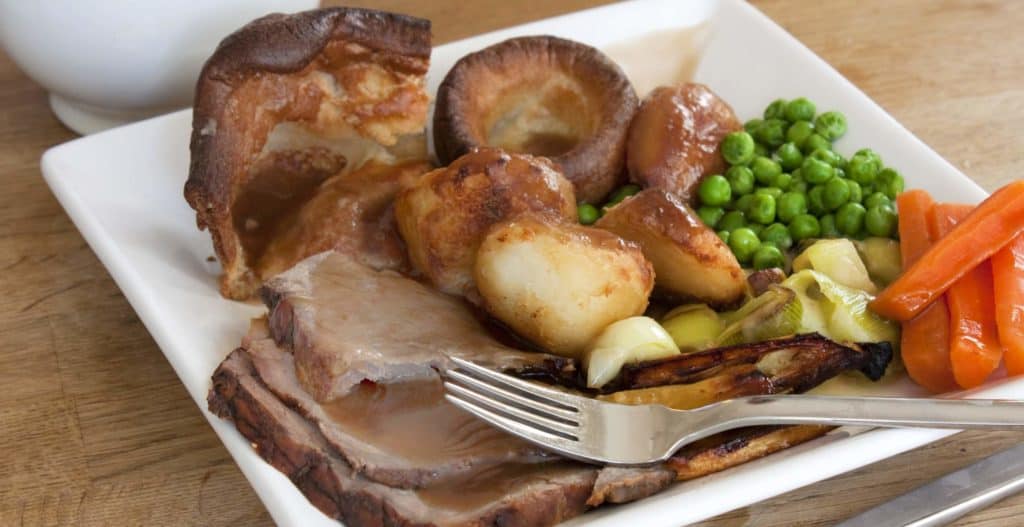The first ‘Good Food Guide to London’ was published in 1968. The earliest guide to London’s best eating places, you might think? Not so – ‘The Epicure’s Almanack’ was published in 1815. This guide book to eating and drinking in Regency London has never been updated or reprinted, and makes for fascinating reading.
For example, it appears that in 1815 there were three inns situated near Westminster Abbey, called rather appropriately Heaven, Hell and Purgatory!
The book was the work of just one man, the aspiring poet and playwright Ralph Rylance. Originally from a Lancashire cotton town, Rylance appears rather a tortured soul, dying in London aged 52 leaving only debts and a handful of possessions. He published few works and had to turn his hand to work such as proof reading, research and teaching English to foreigners in order to eke a living.
The almanac was a labour of love. Here Rylance lists more than 650 eating houses, inns and taverns in Regency London. Amazingly, he visited and reviewed each and every one himself.
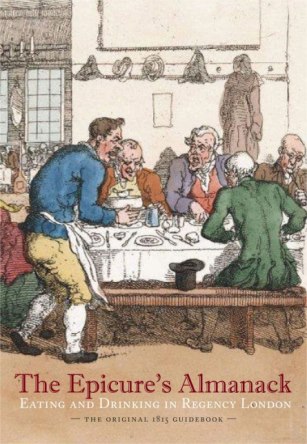
Of these only 15 or so are still in business today. These are all pubs and include the Seven Stars in Holborn, Ye Olde Cheshire Cheese in the City, the Windmill in Clapham and the Spaniards Inn in Hampstead. Also mentioned in the almanac are the Old Bell Tavern in Fleet Street, built by Sir Christopher Wren in the 1670s, and the unusually named George and Vulture Tavern in Cornhill.
So what sort of dishes were available in Regency London? The chop houses served not only roast meats but also traditional English food such as pigeon pie, steak and kidney pudding, Welsh rarebit and Lancashire hotpot. Simpsons Tavern in Cornhill claims to be the oldest chop house in London and serves many of the traditional dishes that would have been familiar 200 years ago.
Rylance’s book provides an excellent view of life in Regency London and refreshingly, is not just an account of the dining habits of the rich and wealthy classes. The eating houses he reviewed welcomed people of all social classes.
However this comprehensive book was a commercial flop and just two years after publication, several hundred unsold copies were destroyed. Today fewer than 30 copies of the original book are still in existence.
Happily though, this engaging and delightful book is now available once again. Edited and annotated by Janet Ing Freeman, it was republished in 2012.
Getting around
Please try our London Transport Guide for help in getting around the capital.
